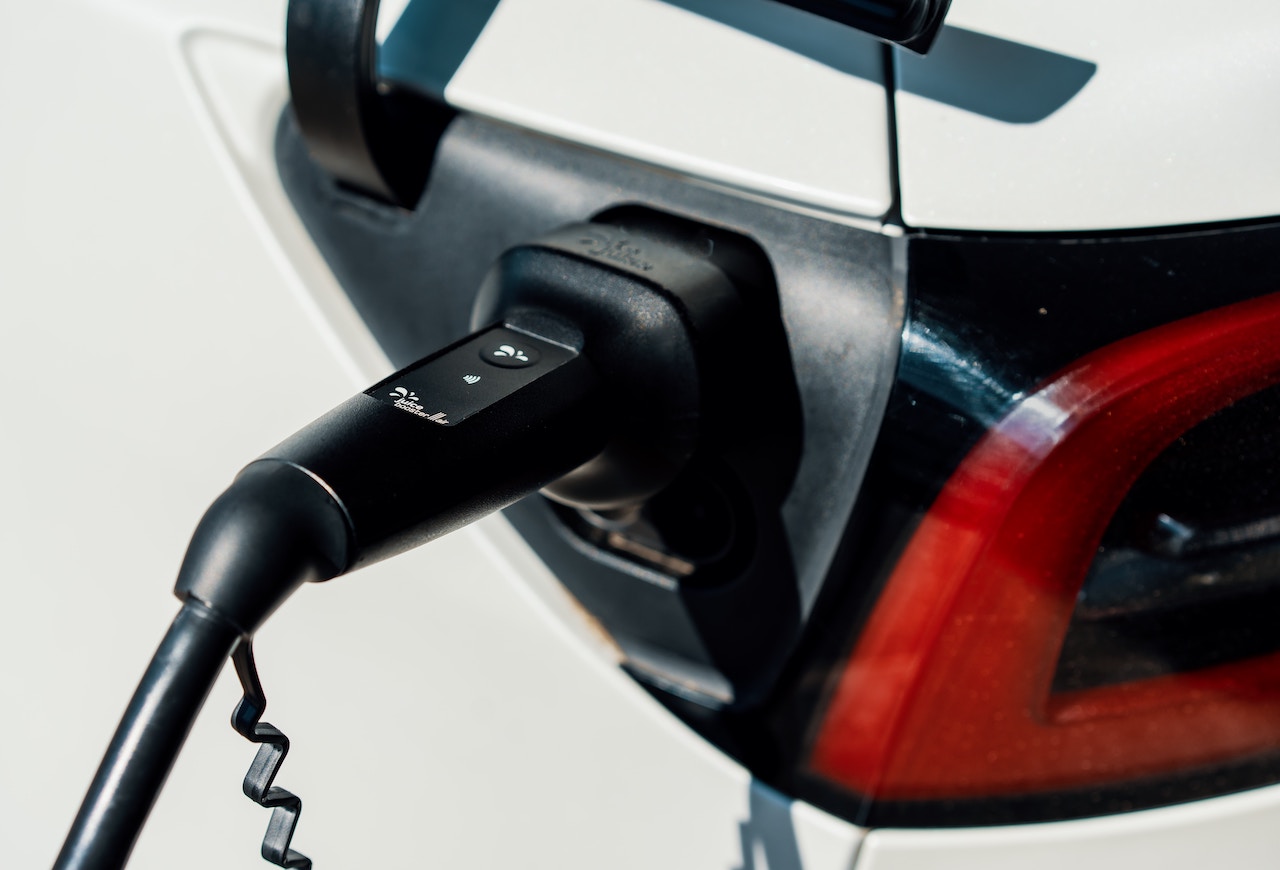Managers of the Federated Hermes Impact Opportunities Fund have invested in STMicroelectronics, a specialist in more energy efficient silicon carbide power electronics for EVs.

Managers of the Federated Hermes Impact Opportunities Equity Fund have published an outlook for the electric vehicle (EV) market, which they said looked healthy despite the predicted slowdown in sales growth in 2023.
Short-term headwinds for EV this year have included the energy crisis in Europe, the end to EV subsidies in China and the potential scaling back of financial incentives for the sector in Europe, as well as fears of a global recession. But the managers said evidence indicated that future demand was likely to be high, predicting significant growth over the medium-to-long term.
Ingrid Kukuljan, lead portfolio manager, and Martin Todd, co-portfolio manager of the fund, explained that developments in the policy and regulatory environment globally were very positive for the energy transition in general and for EVs in particular. They said that the US’s Inflation Reduction Act, which has earmarked $370bn worth of funding to provide tax credits for clean energy projects, and the REPowerEU initiative, the EU’s plan to rapidly reduce dependence on Russian fossil fuels and fast forward the green transition, would provide the economic support needed to scale EV infrastructure and develop key technology.

According to research from BloombergNEF, more than half of car sales in the US are expected to be electric by 2030.
Kukuljan and Todd also said that the high cost of producing lithium ion batteries, which have made EVs more expensive to manufacture than vehicles running on conventional fuel, would come down with the scaling of battery production in ‘gigafactories’ and that the development of better battery technology would reduce charging times and improve vehicle range. Together with growth in the charging network this should overcome the issue of range anxiety, one of the key obstacles holding consumers back from making an EV purchase.
“Our view is that EV uptake will reach a ‘tipping point’ as better battery and charging technology improves useability and prices come down,” they said. “Overall, the bigger picture means that the industry will need to plan for significantly increased volumes. Eliminating supply chain bottlenecks and ensuring adequate growth in the production of the metals and minerals essential for EV power trains – which take energy stored in a vehicle’s battery system and supply it to the motors – will be critical.”
Investment in breakthrough EV technology
Kukuljan and Todd said that with most pure EV manufacturers yet to turn a profit and legacy car makers like Ford and Toyota, which have invested significantly in EV, still mainly cannibalising their own sales rather than seeing dramatic growth, it was difficult to predict clear winners.
Instead, the managers said they preferred to play the EV theme through indirect exposure to the market by investing in suppliers of key parts and were particularly interested in suppliers developing products destined for the electrically powered, self-driving vehicles of the future, such as those using silicon carbide (SiC) wafers.
“SiC has great potential in the automotive industry – in fact it’s likely that all electric vehicles will eventually use SiC chips. The significant expected growth in the EV market is therefore a major potential driver for the SiC market,” they said.
One of the holdings in the €419m Federated Hermes Impact Opportunities Equity Fund, which is an open-ended UCITS fund, is French-Italian multinational STMicroelectronics (ST), which produces analogue semiconductors, including SiC devices, for the global market. The company has 14 manufacturing sites globally, including both wafer processing and assembly.
“Arguably the firm’s products have always been a ‘net good’ for society, enabling wider technological innovations and helping improve energy efficiency. Today, ST is leading the charge on silicon carbide (SiC) power electronics, a technology that promises to save millions of tonnes of CO2,” they said.
Speaking to Impact Investor, Gianfranco Di Marco, marketing manager at STMicroelectronics, said that SiC was rapidly gaining popularity as the preferred power technology for electric vehicles (EVs) in the automotive industry due to its ability to improve efficiency, driving range, and reliability.
“Experts agree that SiC can yield energy savings of up to 30% compared to traditional silicon technology. High-end battery electric vehicles (BEVs) are already adopting SiC, and it is projected that over 50% of new BEVs will utilize SiC by 2030. As EVs become more widespread, the growing demand for fast-charging infrastructure will drive the need for increased utilization of SiC in the infrastructure for rapid and direct battery charging,” he said.
Di Marco said the shift towards full electrification was expected to significantly increase the silicon content in vehicles, with the value of semiconductors in each electric vehicle estimated to be around $1300, compared to around $550 in conventional internal combustion engine vehicles.
“ST is well positioned to meet the rising demand for chips in the automotive industry with our solutions for power electronics, advanced driver-assistance system (ADAS), and automation, along with our Stellar digital platform for software-defined vehicles,” he said.






